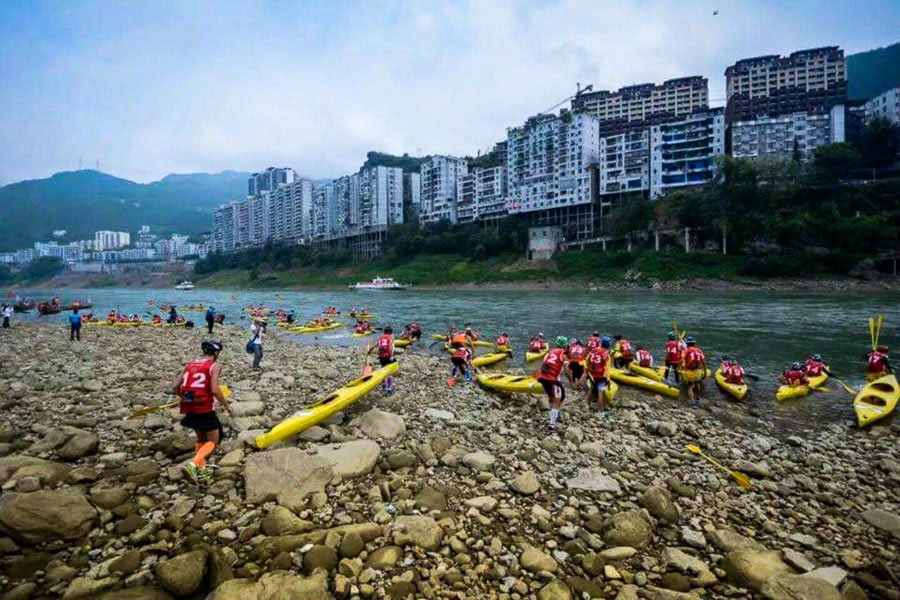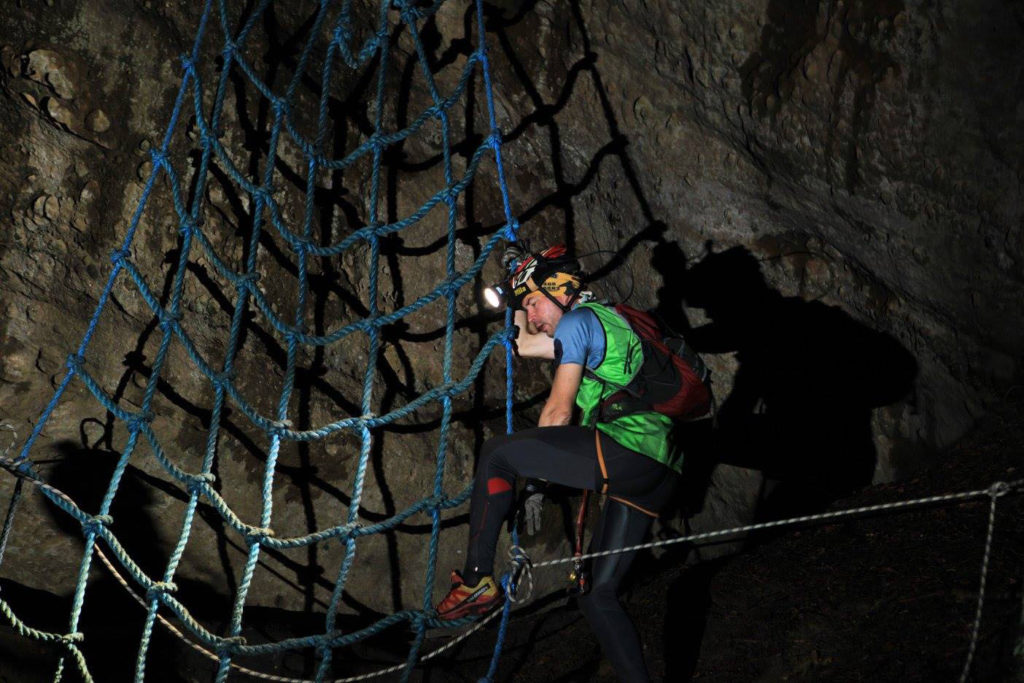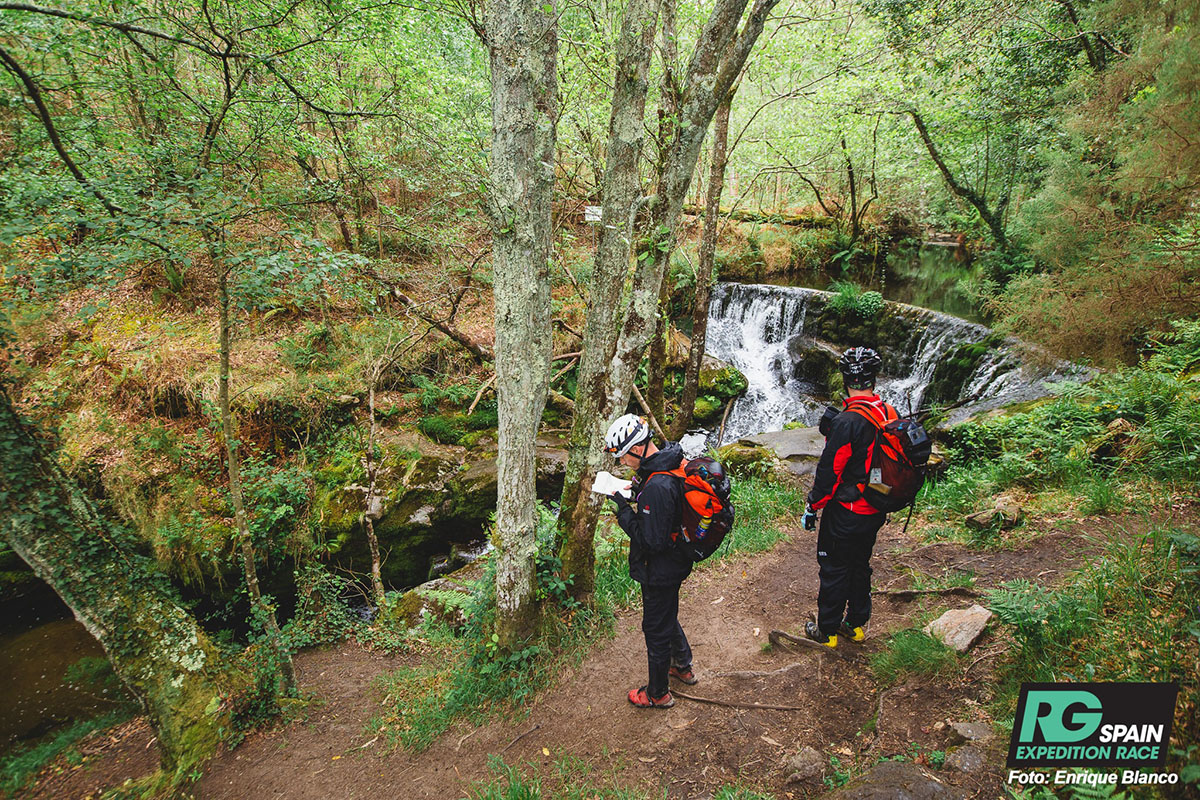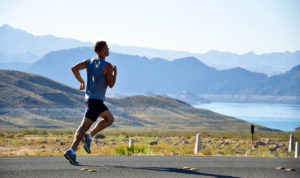Do you feel that the adventure race is too complicated with too many different disciplines? Do not worry, the different disciplines can easily be mastered by following these step-by-step instructions.
In this post I will
- introduce the 4 main disciplines of adventure racing,
- what you need to know about them to start adventure racing, and
- how to get those basic skills.
What are the different adventure race disciplines?
Thus the main disciplines in adventure races today are:
– running,
– cycling,
– kayaking or canoeing (or sup-boarding),
– climbing (or so-called ‘rope tasks’)
Navigation is also an essential part of the sport as one needs to use orienteering skills to follow the route. In some beginners’ events, the route might be marked. Navigation is not a separate discipline in adventure racing, it is always part of it.
In addition, there can be other extra or ‘surprise disciplines in a race, for example, roller skating, coasteering or swim-run stages when moving in a coastal area.
Usually, the race organiser will dictate what discipline is used and where. One can not decide the discipline, the race route will be divided into running stages, cycling stages and so forth. The different disciplines can also be repeated several times during a race and in an unknown order.
Read more: How to prepare for an adventure race >>>
The different adventure race disciplines and how to master them
Think about the whole event as ‘one discipline at the time’. One does not need to be a professional in each discipline. It is enough to know how to keep moving safely. And how to start training these disciplines is determined by one’s starting level.
Running
Running in an adventure race can take place on trails, on the terrain without trails (forests, bogs etc), or on road. Usually, the running part in a multiday international adventure race is called trekking because one can not run all the time with a full rucksack.
In demanding races the terrain can be anything, ranging from almost impassable forest to hard mountain ascents. One can utilise roads and paths if there are any. In medium or entry level races the terrain is not so demanding and one can often run on paths and roads.
Running training for adventure races – how to do it:
- Run regularly on different surfaces, such as on trails, tracks, bogs, rocky paths, forests and tarmac.
- Practice uphill and downhill running.
- Run sometimes with a rucksack.
- Walk. One also needs to walk in adventure racing and the muscles needed for walking differ a little bit from running muscles.

Cycling
Cycling eg. mountain biking is a very important adventure race discipline. Most of the kilometres are often beaten by bike in races. And just like running, cycling varies in adventure races. Usually, a mountain bike is needed, and gravel- or similar bike is not suitable. There is usually some road cycling, some mountain biking and sometimes biking outside any marked trails.
Cycling training for adventure races:
- Ride on different types of trails: rocky trails, narrow trails and forest trails.
- Train also on roads and gravel roads
- Practise downhills!
- Train also on rainy days and on slippery, wet surfaces
- Practise walking and carrying your bike which can be surprisingly challenging!
Paddling
In adventure races, paddling can mean for instance kayaking, canoeing or even sup-boarding. If you have not done any paddling before, just practise some kind of paddle water sport. It also pays to do a paddling course to learn the basics and then maybe join your local canoeing/kayaking club. Or you might want to start by asking in Facebook paddling groups about your local options.
After the very basics you just need to start practising. If you have already signed-up for an adventure race it is a good idea to check if it involves kayaking or canoeing. However, in the beginning, all types of paddling are good training. Just remember do not go paddling alone.
How to progress your paddling for adventure races (take it step-by-step, and you will make steady progress on your paddling skills):
- Practise both canoeing and kayaking.
- Try training in more windy conditions once your skills get better. But remember water safety comes always first.
- Paddle also on colder days to get experience how cold the sport can be and how to dress for cold water paddling.

Rope Quests
Often rope tasks are extra quest during the race. Rope tasks are like climbing or abseiling (also called rappelling) down a cliff face, tower or similar. It can be controlled from a rope above or by the climber, or it can be more like ‘lowering’ when it is controlled by a person below. In international races via ferratas, jumaring and rock climbing are also popular.
For organiser-controlled abseiling/lowering one does not need to have any specific rope or climbing skills. Just overcome that slight vertigo-feeling on the top and you will be fine.
For longer and more demanding races one should learn basic rope and climbing techniques. Again, a rock or wall climbing course is a good idea to learn more.
What skills do you need for rope quests in international and longer adventure races:
- How to attach yourself to an abseiling rope and self-controlled abseiling (either with a descender or with a prusik knot).
- How to jumar up the rope with an ascender.
- Basic rock climbing techniques.
Orienteering or navigation
Orienteering skills are always needed in adventure races. The team must always do navigation themselves. So, every team member should have basic orienteering skills, even usually there is one or two main navigators in the team.
There are orienteering courses to learn the basics, and then one can just go out and practise. Again regularly practising discipline is the most important thing. It is also important to practise orienteering when cycling. So take a map, plan a route and go and practise mountain biking and orienteering!
Main picture of the post Raid Gallaecia
What adventure race disciplines is your strongest? How are you planning to start training for an adventure race? Share these training tips!

